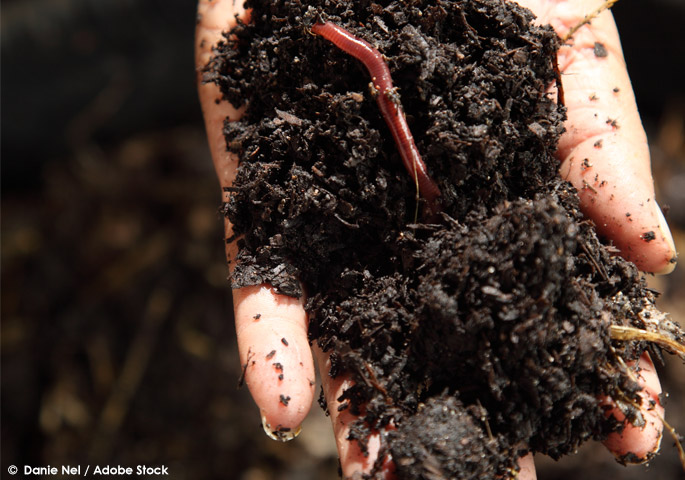
Food waste is easily one of the biggest sources of waste in our country today. About 40% of food in the US goes uneaten in a given year, according to the National Resources Defense Council. This uneaten food then rots in landfills, contributing significantly to our methane emissions (NRDC). Every day, articles pop up about how serious the problem of food waste is, but what are some realistic and useful actions we can all take to help remedy it?
One of the best solutions to our food waste problem is composting. Not only does composting give us a place to put our uneaten food scraps, but it then turns those scraps into fertilizer, which we can use on our gardens and lawns. Composting seems like a perfect recycling system and answer to our food waste problem, so why hasn’t composting become the norm for homes and businesses?
This is mostly due to the fact that people can tend to understand compost as something that requires a lot of time and energy to keep up with, and this keeps a lot of homeowners and businesses from installing their own systems. This understanding is far from the truth, however, especially with a vermicompost, or worm compost, system in place.
Earthworms in a vermicompost system eat your food scraps, then turn their waste into worm castings. When these castings and combined partially processed organic matter, it becomes vermicompost, an excellent organic fertilizer. You only need a few pounds of food scraps each week to keep the system working. If you have a larger office or want a larger compost capacity, you can always add more worms and worm filling to do so.
Vermicompost systems are easy to set up; all you need is a bin. Get crafty with old plastic containers or wooden crates. If you’re planning on setting up a larger compost system for your workplace to accommodate more food scraps, try one of Waste Wise’s storage & utility bins. Then add some yard waste, food scraps, worms, and you’re set to go.











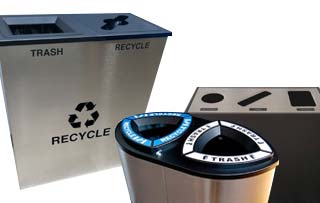









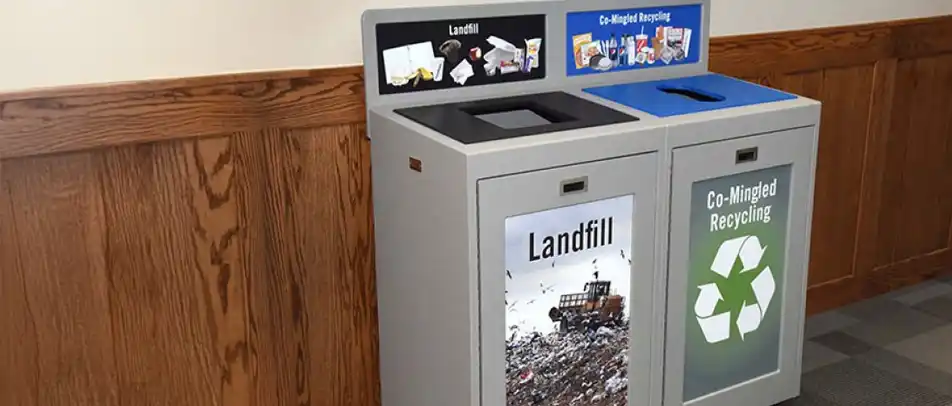










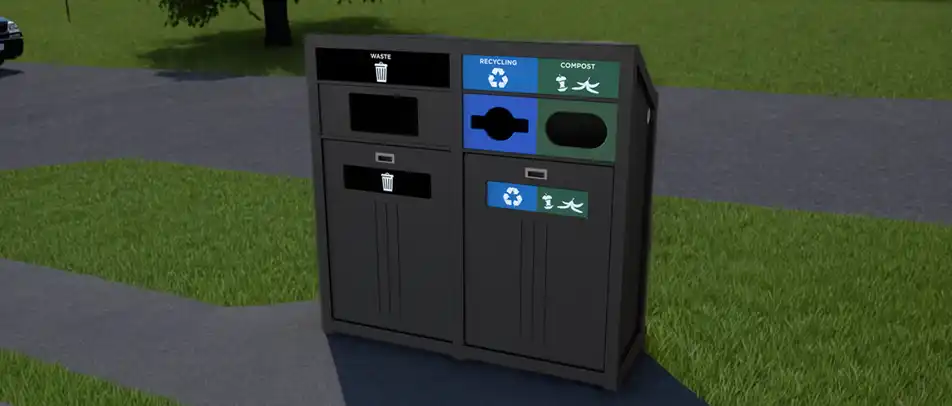












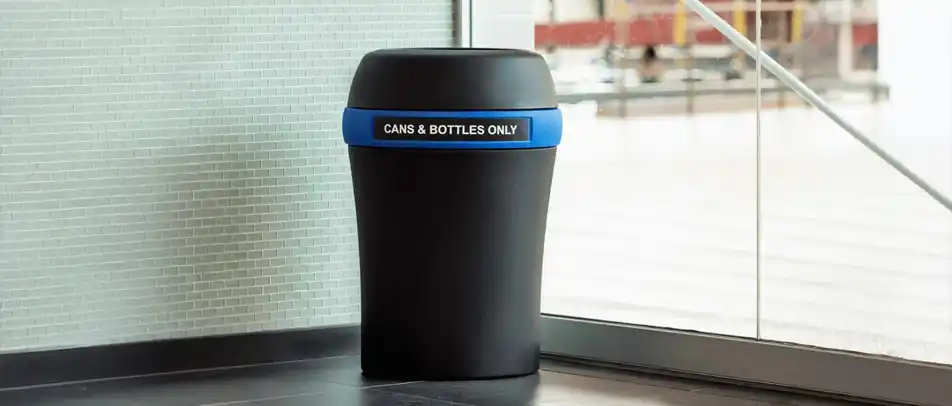









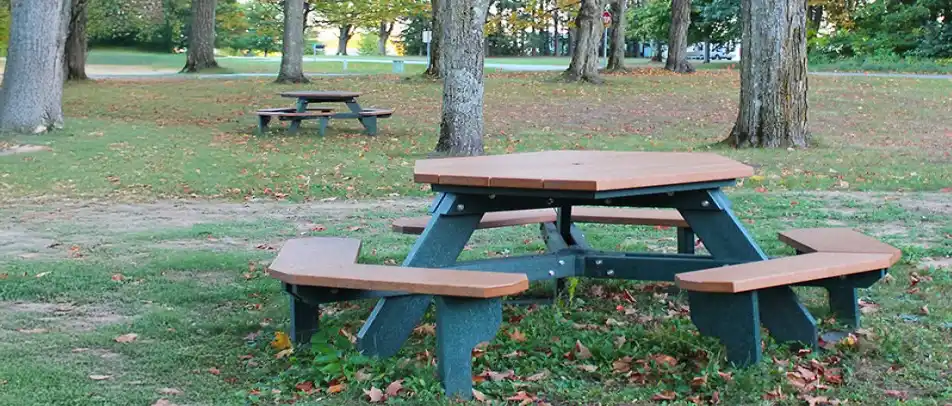
































 Three Ways to Engage Teams and Clients to Maximize Your Recycling Program Engagement
Three Ways to Engage Teams and Clients to Maximize Your Recycling Program Engagement  How to Integrate Accessibility Into Your Sustainability Planning
How to Integrate Accessibility Into Your Sustainability Planning  Why Park Benches Can Promote Workplace Well-Being
Why Park Benches Can Promote Workplace Well-Being 
